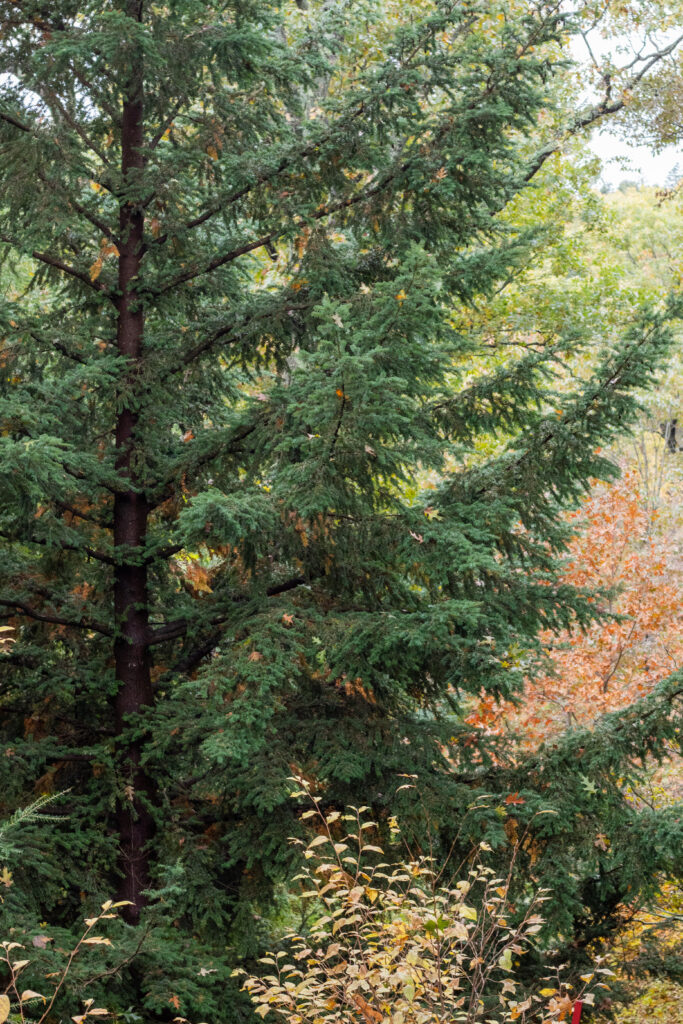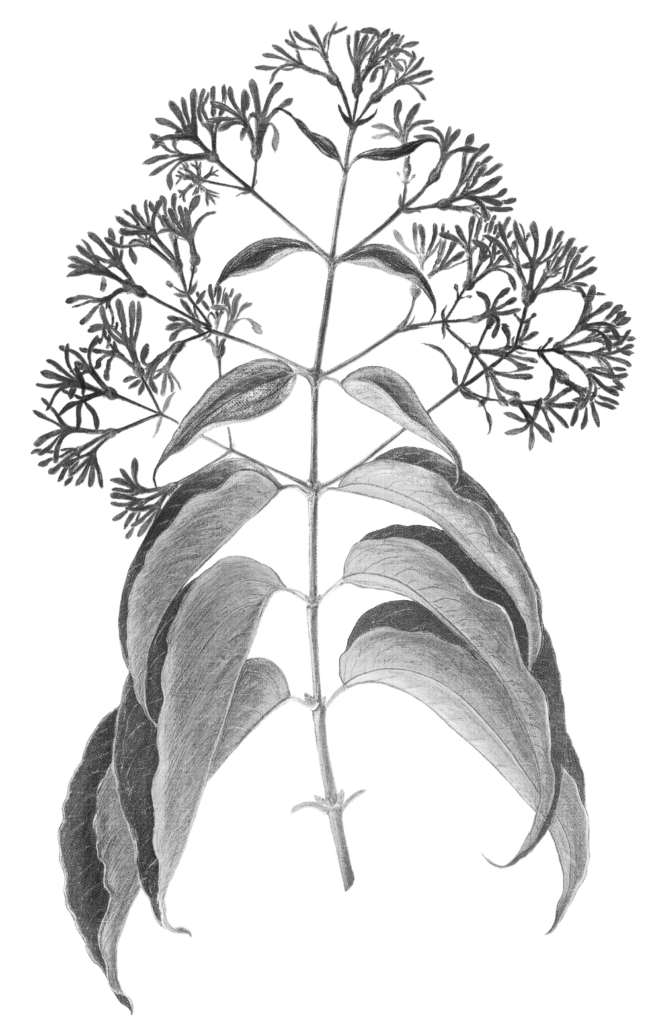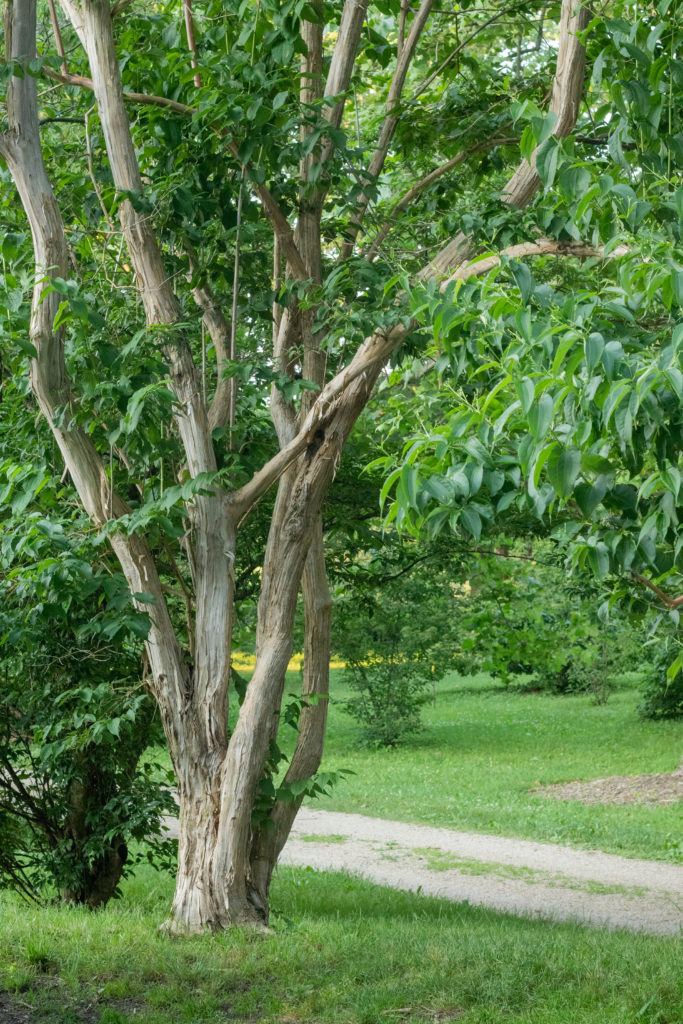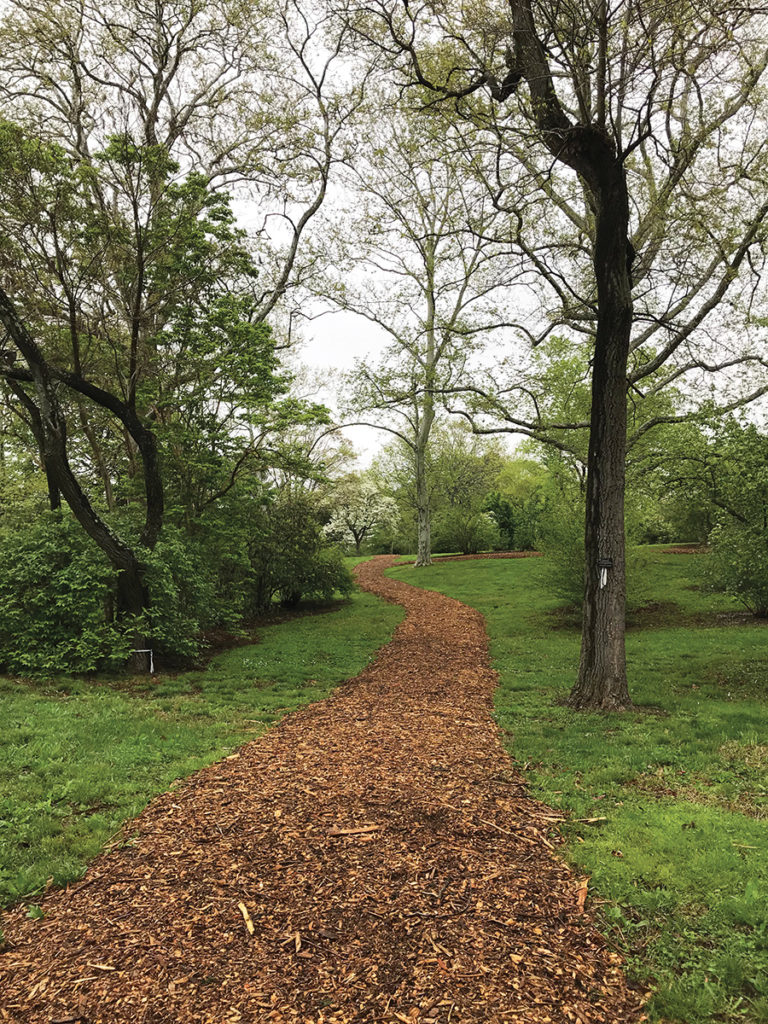Background
Fun Facts
About
Hemlock Hill, the largest Arboretum woodland, occupies 22 acres. It has had a complex history of disturbance, including the 1938 hurricane and arrival of the hemlock woolly adelgid. This woodland is home to a number of unique birds, amphibians, ferns, and herbaceous perennials that prefer the shady understory of dense forestland. Prominent non-native plants include glossy buckthorn (Frangula alnus), castor aralia (Kalopanax septemlobus), mountain ash (Sorbus spp.), and hawthorn (Crataegus spp.). Hemlock Hill collections inform research and feature prominently in ecosystem studies for Boston Public School fifth grade students.
Resources:
- Find directions and accessibility information for Hemlock Hill.
- Learn more about the history of Hemlock Hill and the Arboretum’s response to Hemlock Woolly Adelgid (HWA; Adelges tsugae).
- Find answers to frequently asked questions about HWA courtesy of the UMASS Extension Service.
- The Gymnosperm Database offers descriptions of conifers including the genus Tsuga.
Read more about Hemlock Hill in Arnoldia:
Fordham, Alfred J. 1963. Tsuga Canadensis and its Multitude of Variants. Arnoldia 23: 100-102. [pdf]
Del Tredici, Peter. 2010. Chinese Hemlock Tsuga chinensis. Arnoldia 68(2): 65-68. [pdf]
Havil, H.P., M.E. Montgomery. 2008. The Role of Arboreta in Studying the Evolution of Host Resistance to the Hemlock Woolly Adelgid. Arnoldia 65(3): 2-9. [pdf]
Schulhof , Richard. 2008. Ecosystems in Flux: The lessons of Hemlock Hill. Arnoldia 66(1): 22-28. [pdf]
Del Tredici, P. 2004. Finding a Replacement for the Eastern Hemlock: Research at the Arnold Arboretum. Arnoldia 63(2): 33-39. [pdf]








Featured Plants
Ulleungdo Hemlock
In 2003, a researcher collected a sample from this hemlock. Genetic analysis revealed something unusual. This tree proved to be a new species, previously unknown to science.
Seven Son Flower
A botanist at the Arnold Arboretum officially named and described the seven son flower in 1916. But the species would not be grown in the United States until 1980. This plant was among the first.
2054 Plants in this Collection
| Plant ID | Accession Date | Received As | Origin | Source |
|---|---|---|---|---|





